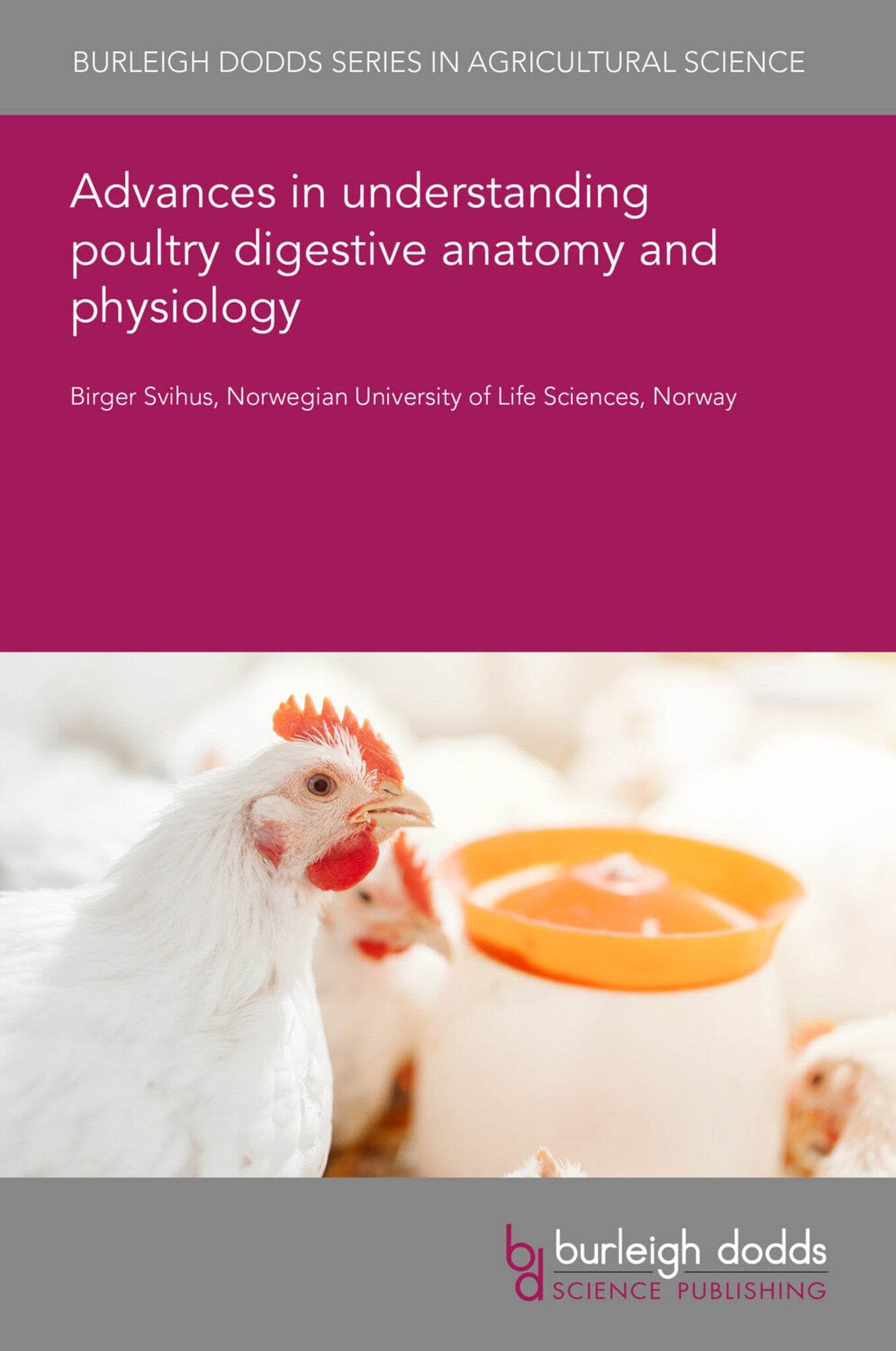We're sorry. An error has occurred
Please cancel or retry.
Advances in understanding poultry digestive anatomy and physiology

Some error occured while loading the Quick View. Please close the Quick View and try reloading the page.
Couldn't load pickup availability
- Format:
-
18 September 2024

A well-functioning digestive tract is key to a sustainable poultry production. Significant progress in our understanding of the digestive tract functionality has allowed for further improvements, and will continue to do so. Feed intake is a prerequisite for a high performance, where feed particle size is a key element. Although crop retention would potentially improve the digestion process, the practice of ad libitum feeding does not fully stimulate to its maximal use. The gizzard plays a very important role due to its very effective fine grinding and its role as a feed-flow regulator, but structural components need to be included in the diet. As material passes into the relatively short small intestine, it is remarkably quickly digested and absorbed. Fermentation in the caeca may contribute to some energy for the bird, but its major role seems to be water reabsorption, including from urine being refluxed into the caeca from the cloaca.

TECHNOLOGY & ENGINEERING / Agriculture / Animal Husbandry, Poultry farming, TECHNOLOGY & ENGINEERING / Agriculture / Sustainable Agriculture, Sustainable agriculture

- 1 Introduction
- 2 Factors affecting the attractiveness of feed
- 3 The role of the crop in the digestive system
- 4 The gastric compartments: the role of the gizzard
- 5 The small intestine
- 6 Caeca and colon
- 7 Conclusion and future trends
- 8 Where to look for further information
- 9 References



